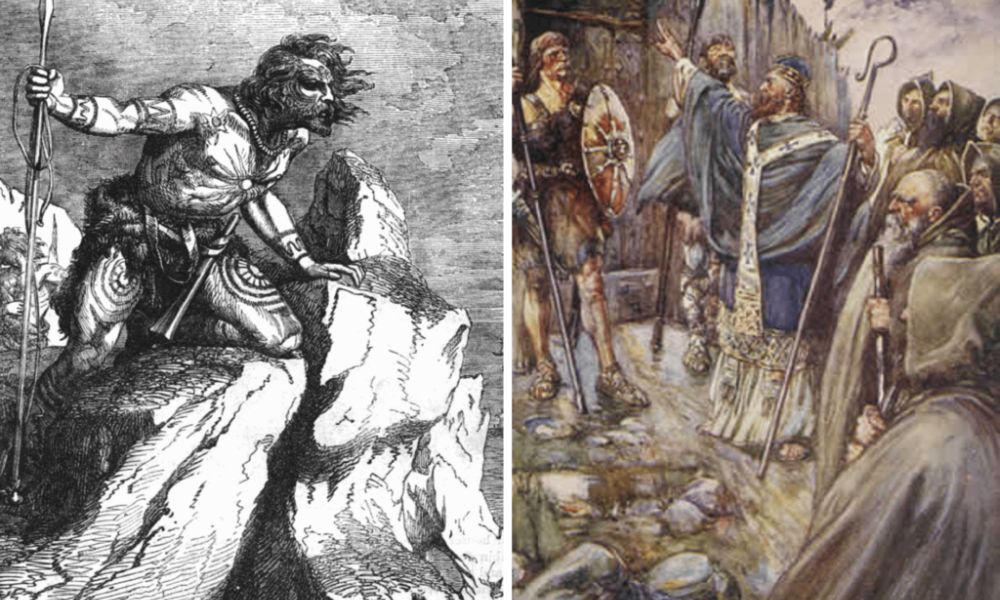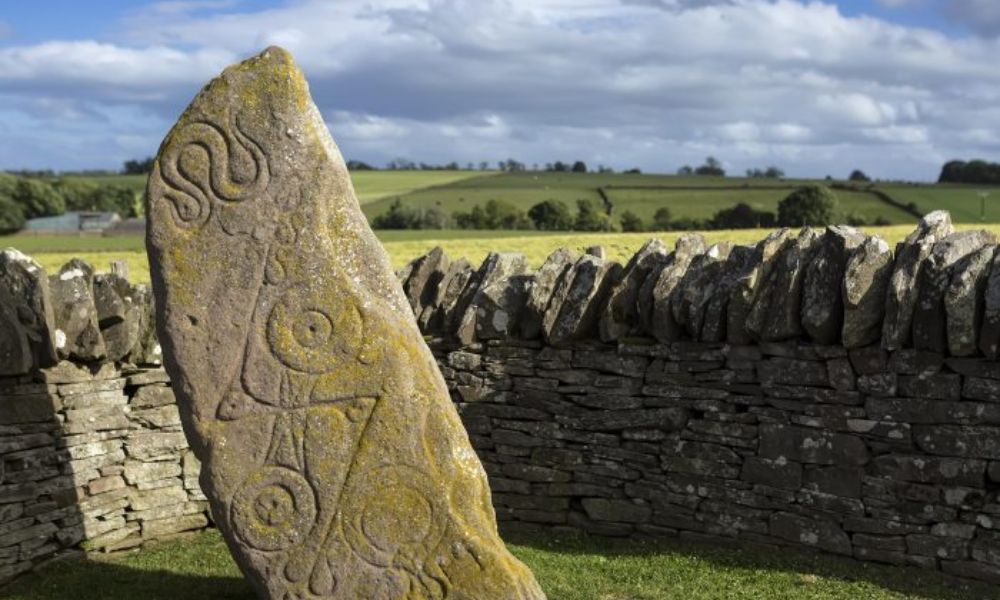Posted by Maris on 21st Oct 2024
Meet the Mysterious 'Painted People' of Scotland - Who Were Almost Erased From History
With good cause, probably, you've never heard of the Picts. Once so well-known in Scotland, these people were virtually erased from the map and lost to the passing of time. That is, until the advent of archaeologists like Dr. Gordon Noble, who teaches at the University of Aberdeen in Scotland.
"Even though I was raised in Northeast Scotland, I never heard of the Picts in school. Nobody ever educated us about the Picts or that distant past in history," Noble remarked. "I didn't learn about art history until I enrolled in college. We also studied picture stones in a course on early medieval sculpture, art, and metalworking. And I became completely enamored with those as soon as I saw them.

After the training, Noble focused on knowing as much as he could about the Picts, the people who created the image stones.
However, their reputation as the Picts was not limited to their stone sculptures.

It's a moniker. It pretty much means 'the painted folks.' Thus, it was somewhat of a derogatory term used by the Romans to describe these "barbarians" who painted or tattooed themselves as being "uncivilized" and un-Roman—the northern barbarians.
The Picts gained notoriety for their ruthless warfare, protecting their territory at all costs. Historians like Tim Clarkson said the Picts had a prosperous empire by the fifth century. But by the tenth century, the Picts appear to have disappeared forever due to colonialism, conflict, and the blending of the Scots.

Oddly enough, even though many people in that country had Pictish lineage, they began referring to themselves as Scots. In a sense, that's one of the Picts' mysteries—why the name disappeared although they themselves remained," Clarkson remarked. "We believe their rulers simply decided that a new political system needed to be established. As part of it, the notion of this unified Pictish Scottish nation—which later became Scotland—replaced the old Pictish identity, which was now superfluous. And with it, we truly reach the end of Pictish history.
The Picts are at the end of the line? Indeed. The last in line for their intriguing historical position? No. Historians and others were eager to learn more after their exquisite symbol stones, engraved with elaborate drawings, were discovered relatively recently. It was all particularly fascinating for those interested in solving puzzles.
"Since the 19th century, and ... before, people have been trying to understand what the symbolic system meant and trying to crack the code behind that," Noble stated. Particularly in the past ten years, there has been improvement as an increasing number of villages have been discovered. We have been responsible for excavations at locations like Aberdeenshire, Rhynie, and Burghead. So, at last, I believe we're starting to go forward and learn more about the Picts and their customs and way of life."

